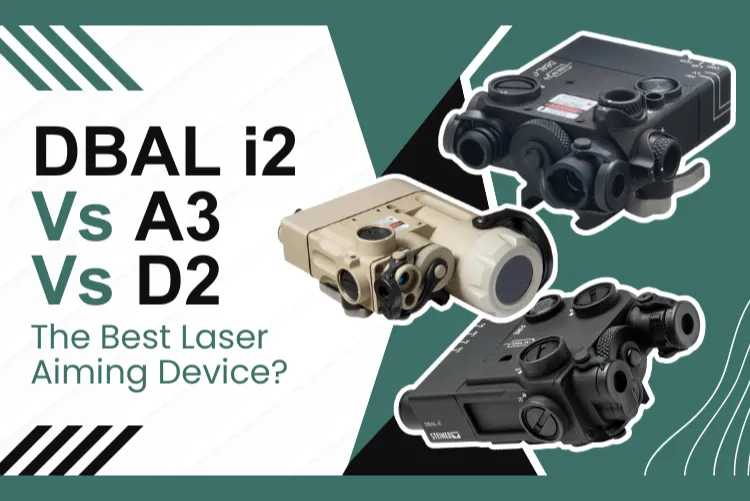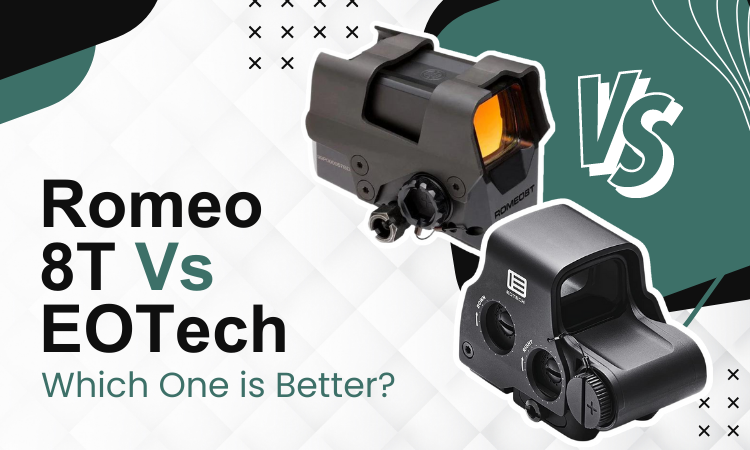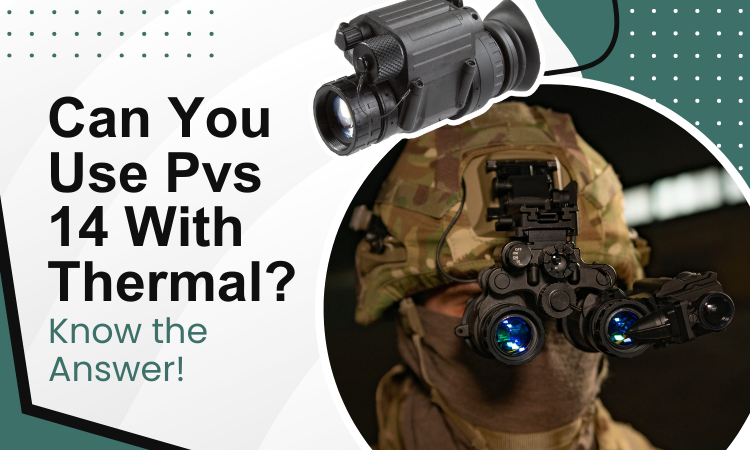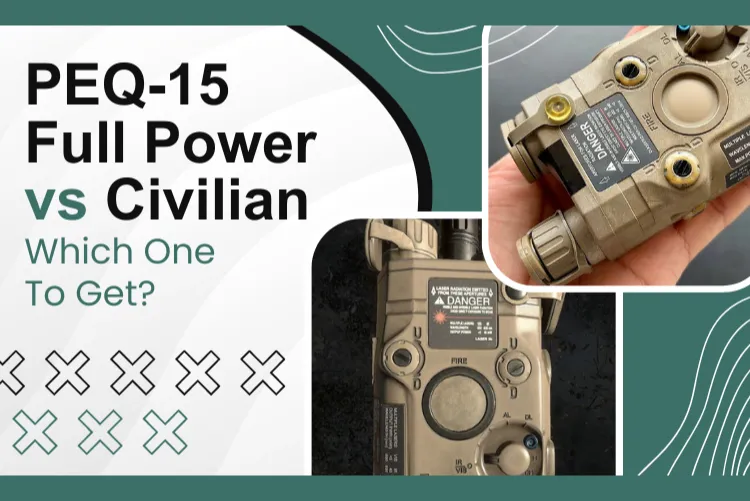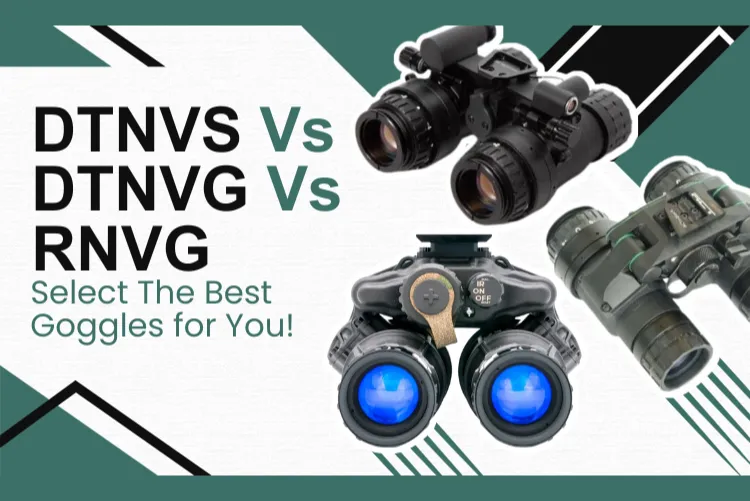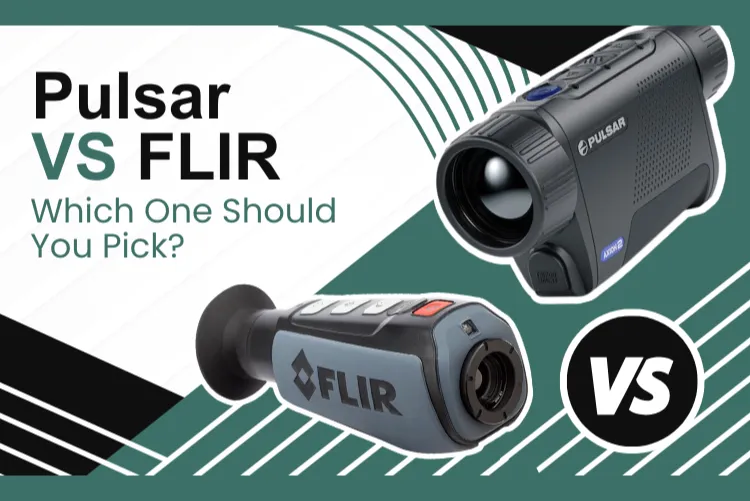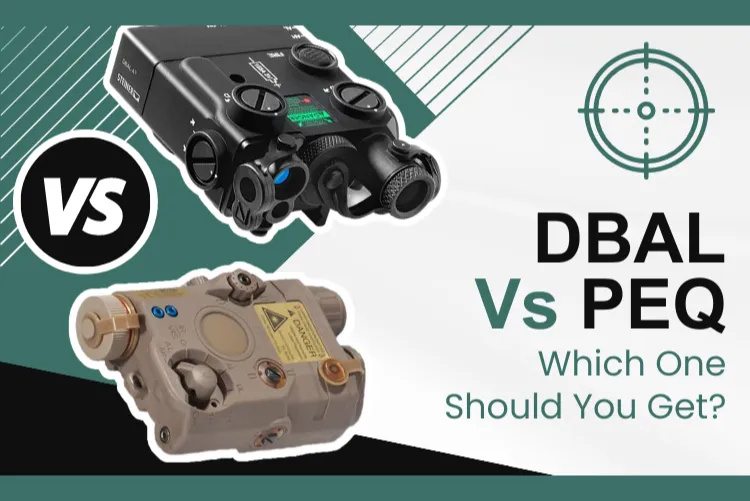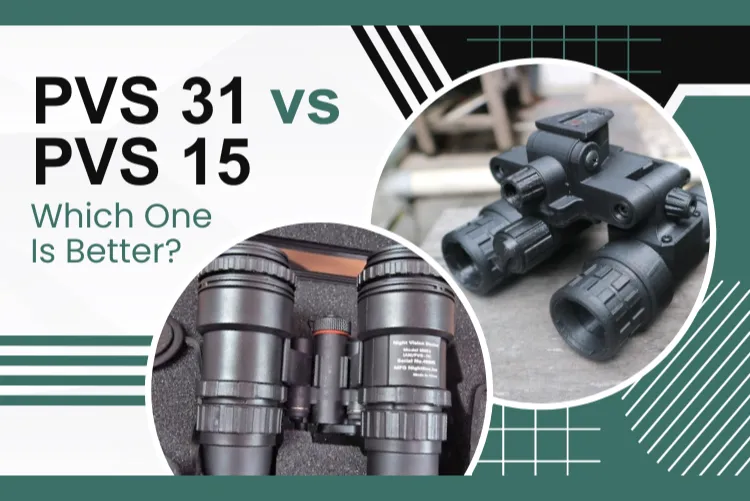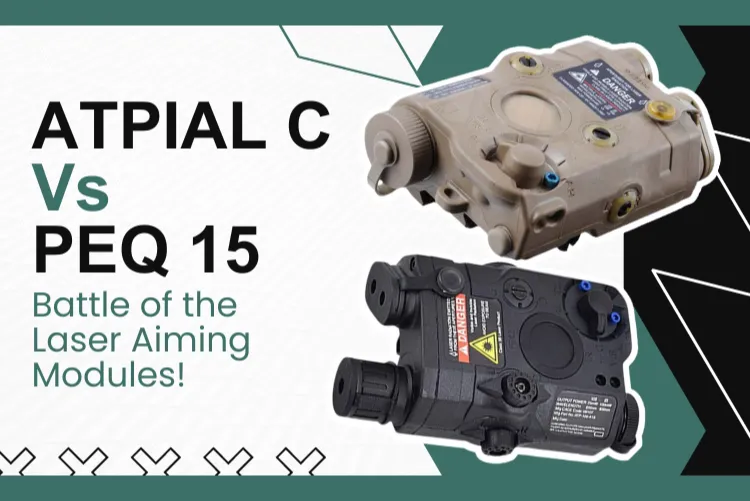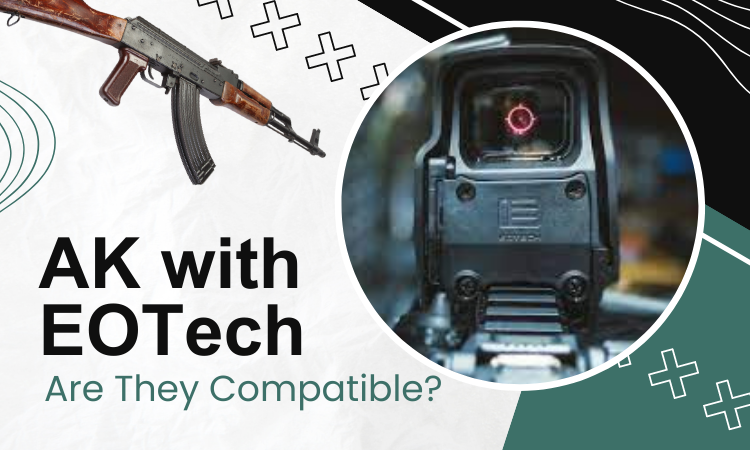DBAL Comparisons: Exploring the Differences Between DBAL I2, A3, and D2
Laser aiming modules are best known for the ability to extend weapon barrels. In the heavily saturated market of laser modules, DBAL i2, A3, and D2 have surely earned their fame. But it can be confusing when it comes to picking between the 3 modules. So, which one should you pick between dbal i2 vs…

